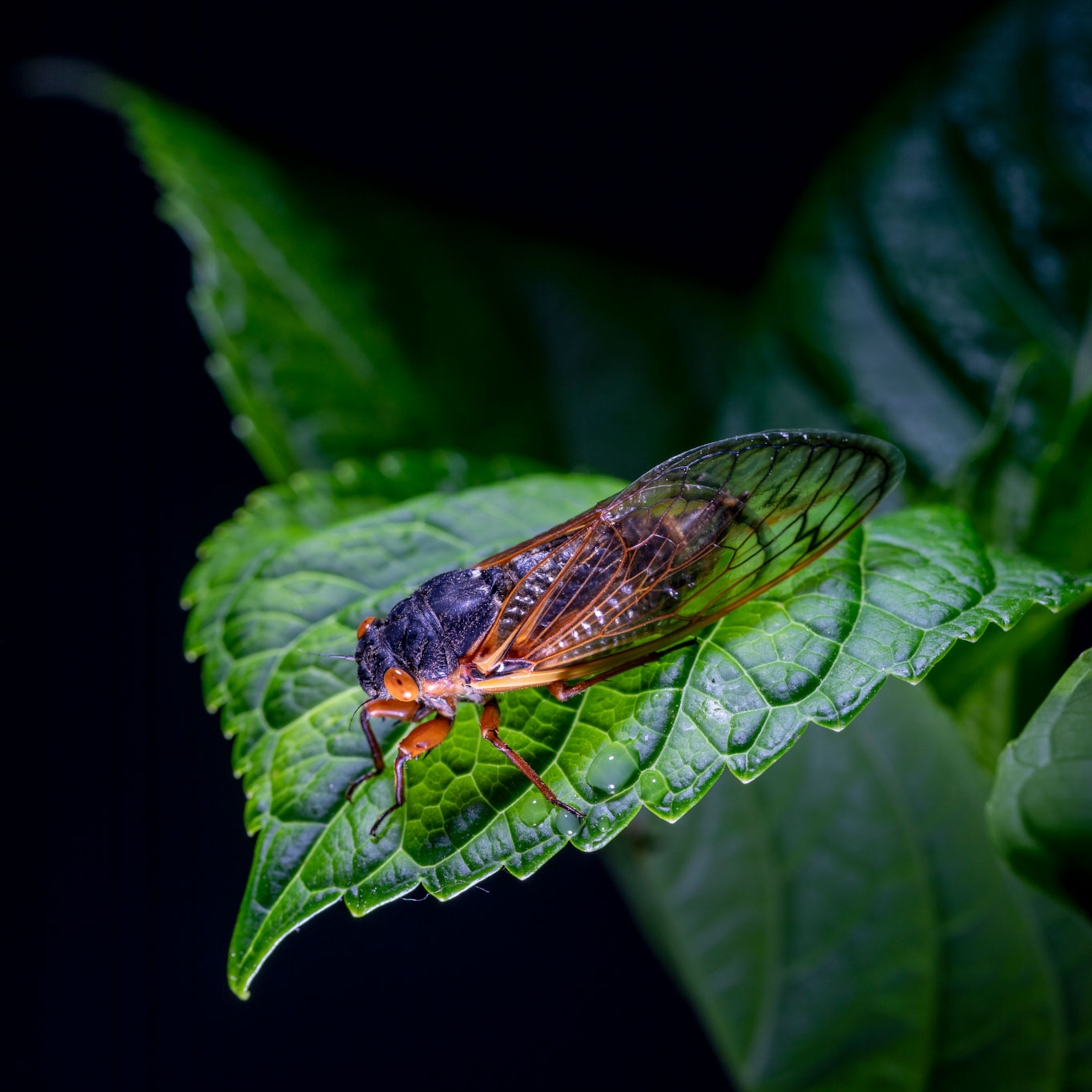
These birds nap while they fly—and other surprising ways that animals sleep
Dolphins shut off half their brains. Elephants snooze only two hours a night. Here’s why animals have such different ways of getting shuteye.
For humans, sleep is a necessity, a mystery, and a luxury. It’s not known why we need it but we do—and an hour more or less of it can make your day either great or grumpy.
Most animals sleep, too, says Jerome Siegel, a psychiatrist at the University of California, Los Angeles, but in ways that are just about as varied as the animal kingdom itself. These variations include duration and depth of sleep, and even how it works in the brain.
From dogs that doze off and on all day to dolphins that sleep using only half their brains, here’s a look at the many different ways that animals sleep.
Sleeping cycles
Humans, like all other great apes, are monophasic sleepers, meaning we sleep in one long interval during a 24-hour period. Bonobos, chimpanzees, gorillas, and orangutans all also build sleeping platforms in trees, away from predators and insects, a jungle version of a bed. Gorillas sleep for 12 hours but orangutans get around the same eight hours that humans do.
In some other primates, as in most mammals, sleep is polyphasic, with several alternating periods of sleep and activity in a 24-hour cycle. Dogs have wake-sleep cycles of about 83 minutes and get a little more than 10 and a half hours of sleep per 24-hour cycle.
The reason great apes have such long, luxurious sleep compared to the fitful, shorter sleeps of their monkey cousins has to do with those sleeping platforms. Monkeys have to balance on hard branches where they are easily awakened by potential danger or other monkeys—which is helpful to them but not good for extended sleep.
When apes started getting bigger, the branches they once slept on could no longer hold their weight—so they started building something that would. Being able to lay down, away from the dangers of predators and other distractions allowed them to sleep longer, more securely, and more deeply. A 2015 study showed that orangutans do, indeed, sleep better than their baboon cousins. The apes’ cognitive abilities, the study says, may improve on the day following that longer, deeper sleep.
Sleeping with half a brain
Dolphins, meanwhile, can stay alert with half of their brain while the other half can fall into a deep sleep. This enables dolphins to sleep with one eye open, looking for predators.
“Dolphins are basically alert 24 hours a day for their entire lives,” Siegal says.
This sleeping pattern—which dolphins share with other cetaceans, manatees, eared seals and some birds—is called unihemispheric slow wave sleep, a deep state of sleep in which rapid eye movement or REM sleep does not occur.
REM sleep is the sleep state in which the brain is most active, breathing becomes more rapid, and most muscles become temporarily paralyzed. The importance of REM sleep has been a subject of scientific debate concerning how much of a role it plays in memory and learning. Dolphins are highly intelligent but possibly never experience REM sleep, says David Raizen, a neurologist at the University of Pennsylvania, because if they did experience the same muscle paralysis as terrestrial animals they would sink to the bottom of the ocean and drown.
If dolphins are only sleeping with one side of that brain at a time, Siegel says, it begs the question: “Does that mean they’re asleep or awake? There’s no simple answer there.”
Some birds also fly while sleeping with one half of their brain.
Frigate birds fly for months over the ocean and can engage in both regular sleep and use half their brain at a time to sleep during soaring or gliding flight. They sleep only while on rising air currents which allow them to gain altitude and keep them from falling in the water during the short 10-second bursts of total sleep they grab while flying. On land, they get about 12 hours a day in one-minute bursts.
Fur seals also sleep with one side of the brain while they’re swimming, but on land they return to bihemispheric sleep—sleeping with the entire brain, like humans.
Do animals need sleep at all?
Animal down time happens in a lot of ways, but the classic definition of sleep, Siegel says, is “a period of reduced activity and responsiveness, which is rapidly reversible,” and which requires makeup sleep if a deficit occurs.
The latter “does not fit universally for all mammals,” Siegel says. Fur seals sleep far less when they’re in the water but show no need for rebound sleep upon returning to land.
Fruit flies, though, need their shuteye, Raizen says. They can sleep for 12 straight hours in total darkness. If sleep-deprived, they sleep longer in their next sleep cycle and also "have reduced reproductive drive and success," Raizen says. Both flies and mammals who lose sleep do poorly at learning tasks, although a 2019 study showed that extreme sleep deprivation doesn’t change their mortality rate.
The need for rebound sleep, Raizen says, indicates homeostasis, a system keeping itself in balance, which bolsters the prevailing scientific view that sleep is something animals need.
But not everyone agrees, Raizen says. Brown bats, for example, sleep the longest of any animal, logging in 20 hours of sleep in a 24-hour cycle. But it’s not out of necessity.
“Bats forage mosquitoes, and maybe the mosquitoes are only out four hours a day,” Raizen says. “The rest of the time there's no reason for the bat to be awake, so it just sleeps to conserve energy.”
Sleep, rest, and dormancy
Reduced responsiveness—think that stretch of time when you’re ignoring your alarm clock—is the difference between sleep and what is called rest, quiescence, or just lack of movement in some animals.
“If you’re asleep and someone whispers your name you won’t respond to them,” Raizen says, whereas animals that are in a restful state respond to stimuli more quickly.
Upside down jellyfish have been found to go into a quiescent state at night. Their bell pulses one third as often as it does in the day, and they are less responsive to stimuli like food and show a 17 percent decrease in activity when kept awake at night.

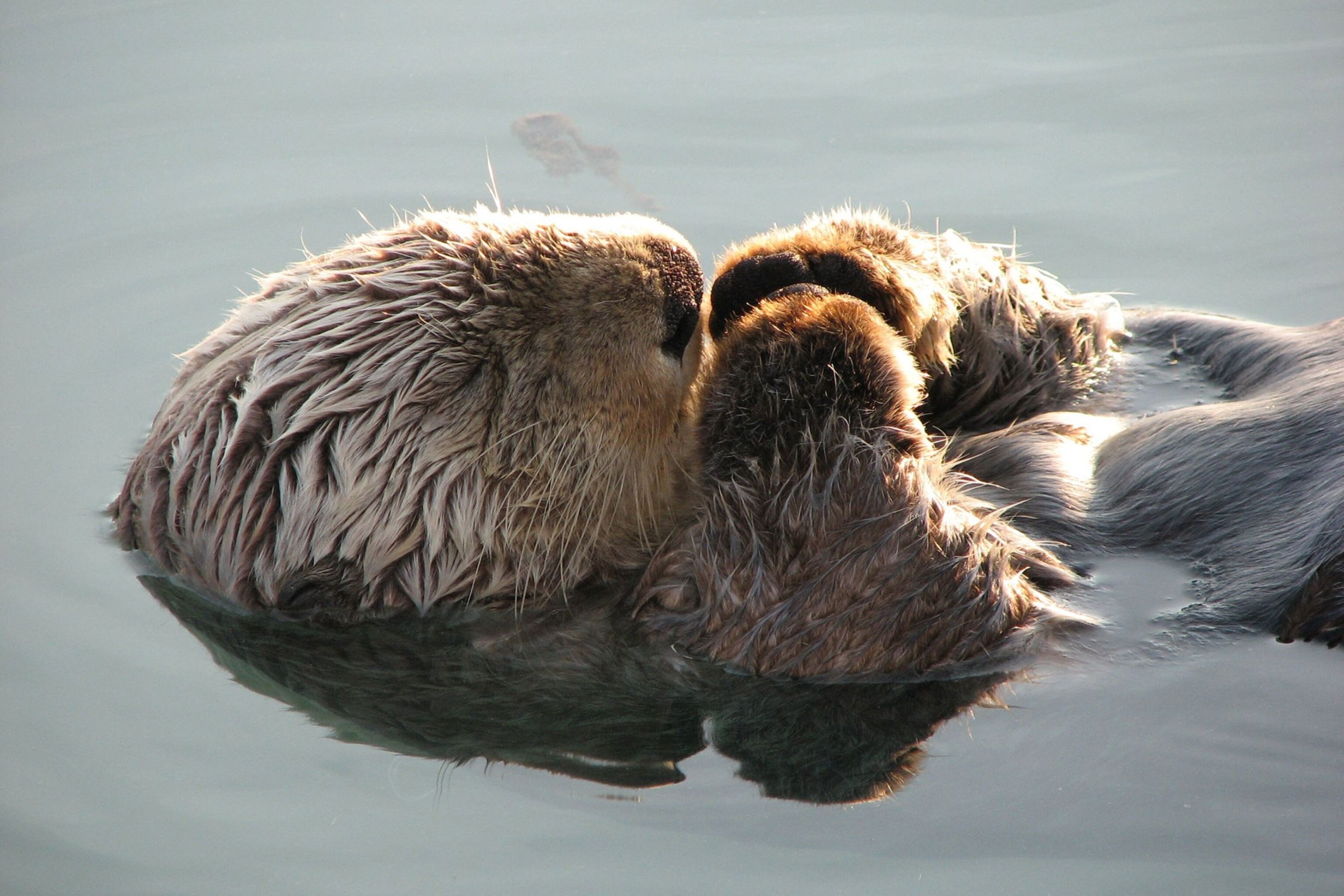







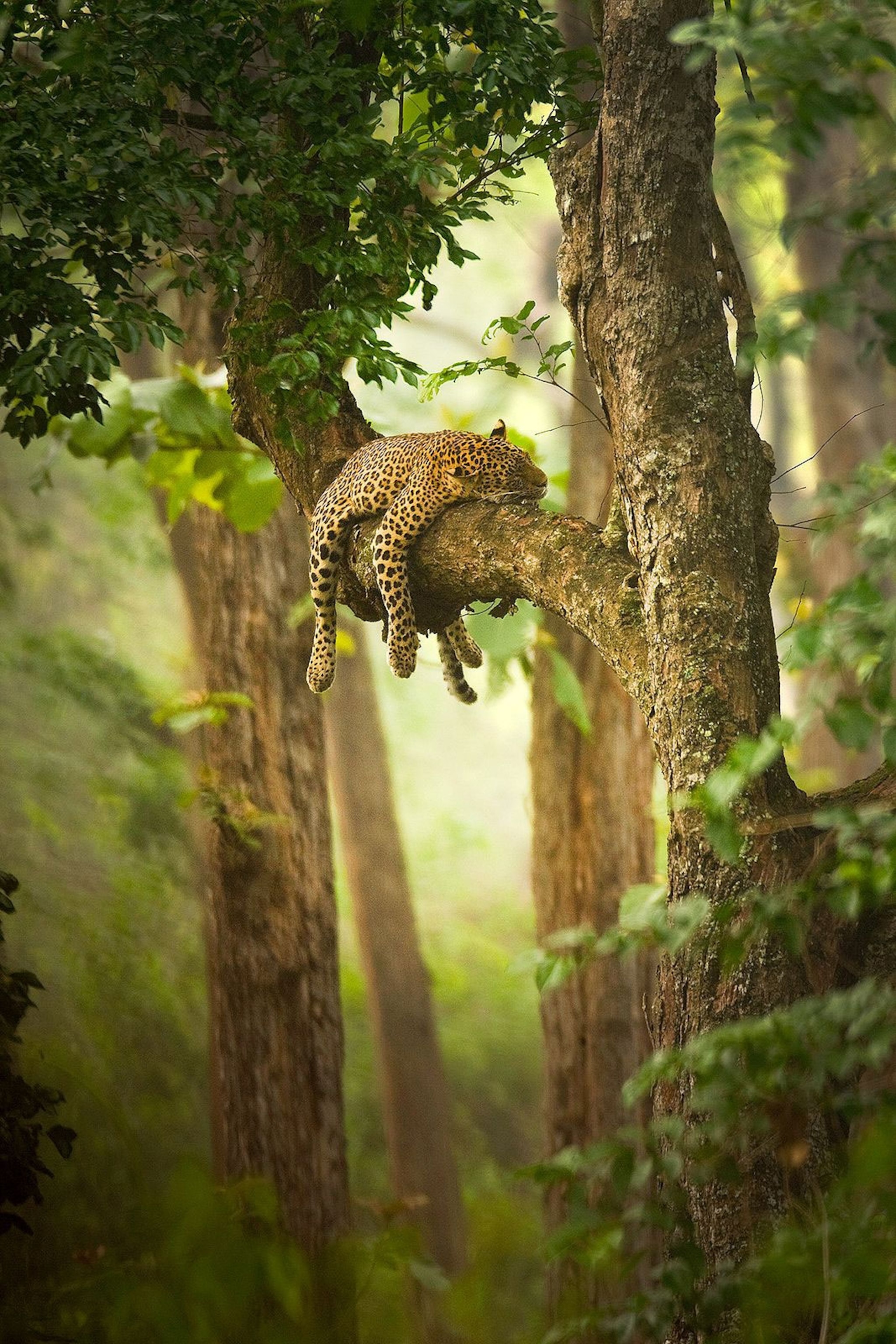
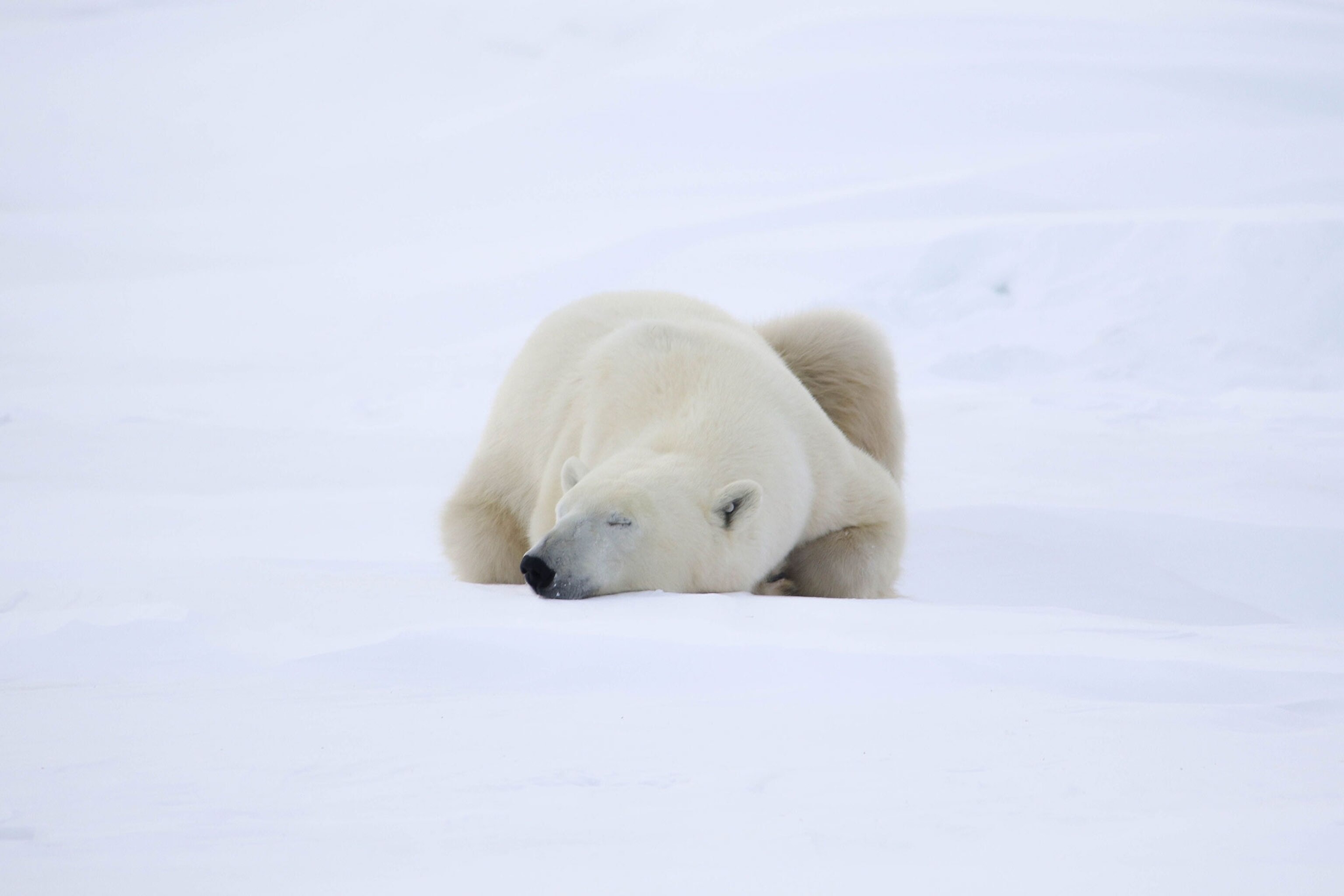

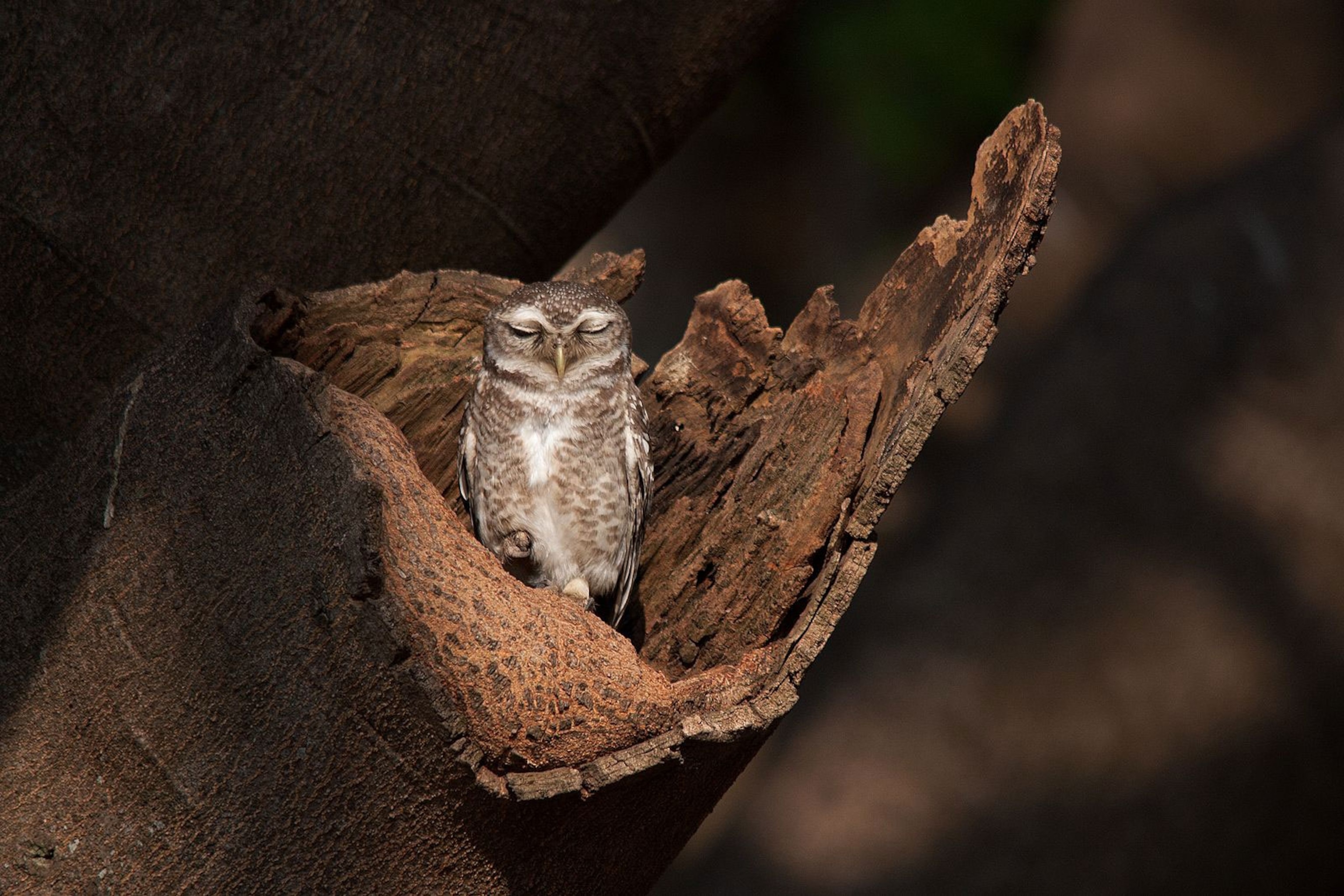


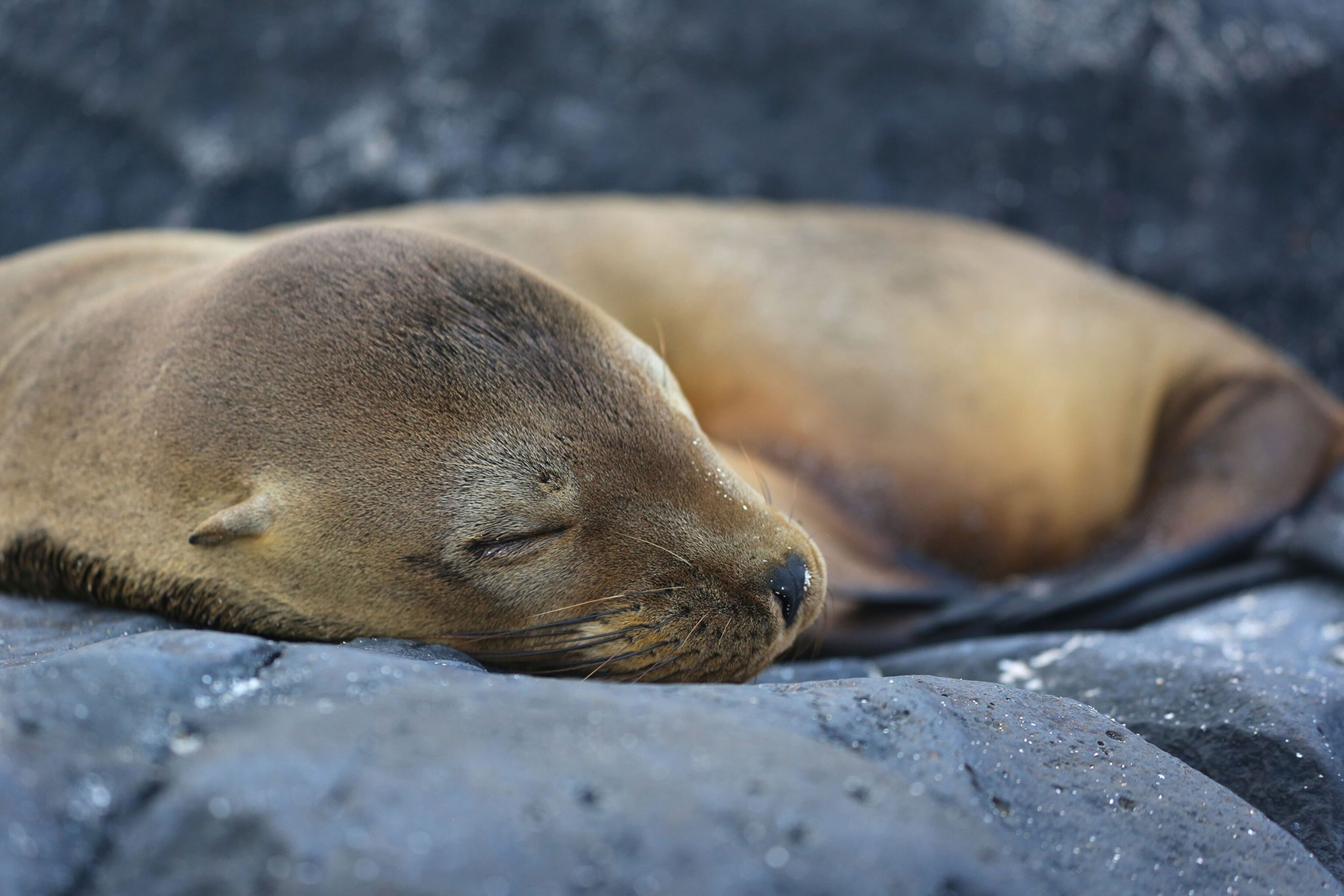








Hibernation is a state of inactivity and lowered metabolic rate that animals adopt to survive the cold winter months. It and other long-term rests aren’t sleep as we think of it either. They’re related to temperature or environmental changes like lack of food. (Why some animals don't actually sleep for the winter, and other surprises about hibernation.)
To conserve energy in extreme conditions some animals go into torpor or dormancy, a state of deep sleep with drops in body temperature and metabolic rate that lasts less than 24 hours. The blue-throated hummingbird’s heart rate can drop from more than 1,200 beats per minute to as low as 50 during torpor. Hummingbirds enter into torpor to survive and conserve their energy during cold winter months.
Estivation is a period of dormancy or torpor that happens in response to a long hot or dry period. West African lungfish excrete mucus and form a cocoon around themselves before burrowing into the ground for estivation, building themselves a safe habitat to wait out hot dry periods when the pools they live in dry up.
Sleep-life balance
Sleep may not seem like the safest or best use of time for an animal—time that could be otherwise spent eating or watching for predators. But, Siegel says, in the natural world “all you have to do is pass your genes on.”
Animals usually breed in specific seasons and they wouldn’t breed more if they were awake all the time. The best way for some species to assure those genes continue is to protect them and enable their offspring’s survival. Siegel explains that sleep helps animals do so.
“Certainly if we humans stayed awake all night to protect our newborns, they would be slightly safer,” he says. “But we would need more energy to fuel our brains and hearts and, in the long run, that would negatively affect our survival and the baby's survival. So it is with most species.”
Animals also usually have safe sleeping sites “but those who don’t, like big herbivores, don't sleep very much and certainly don't sleep as deeply as humans do.”
Large herbivores like elephants and giraffes also need to forage so much they sleep only about two hours a night.
“If giraffes slept like we do, prone and unconscious, there would be no more giraffes,” Siegel says.
The cicadas that surface every 13 or 17 years are a great example of a successful species, Siegel says. They spend most of their lives burrowed away underground and there are millions of them. (Here’s why U.S. cicadas lie dormant for more than a decade.)
“All that determines survival is how many offspring you have that are capable of having their own offspring, not how much waking time you have,” he says. “There is an optimal amount for each species depending on what ecological niche they’re filling.”
Related Topics
You May Also Like
Go Further
Animals
- Soy, skim … spider. Are any of these technically milk?Soy, skim … spider. Are any of these technically milk?
- This pristine piece of the Amazon shows nature’s resilienceThis pristine piece of the Amazon shows nature’s resilience
- Octopuses have a lot of secrets. Can you guess 8 of them?
- Animals
- Feature
Octopuses have a lot of secrets. Can you guess 8 of them?
Environment
- This pristine piece of the Amazon shows nature’s resilienceThis pristine piece of the Amazon shows nature’s resilience
- Listen to 30 years of climate change transformed into haunting musicListen to 30 years of climate change transformed into haunting music
- This ancient society tried to stop El Niño—with child sacrificeThis ancient society tried to stop El Niño—with child sacrifice
- U.S. plans to clean its drinking water. What does that mean?U.S. plans to clean its drinking water. What does that mean?
History & Culture
- Gambling is everywhere now. When is that a problem?Gambling is everywhere now. When is that a problem?
- Beauty is pain—at least it was in 17th-century SpainBeauty is pain—at least it was in 17th-century Spain
- The real spies who inspired ‘The Ministry of Ungentlemanly Warfare’The real spies who inspired ‘The Ministry of Ungentlemanly Warfare’
- Heard of Zoroastrianism? The religion still has fervent followersHeard of Zoroastrianism? The religion still has fervent followers
- Strange clues in a Maya temple reveal a fiery political dramaStrange clues in a Maya temple reveal a fiery political drama
Science
- NASA has a plan to clean up space junk—but is going green enough?NASA has a plan to clean up space junk—but is going green enough?
- Soy, skim … spider. Are any of these technically milk?Soy, skim … spider. Are any of these technically milk?
- Can aspirin help protect against colorectal cancers?Can aspirin help protect against colorectal cancers?
- The unexpected health benefits of Ozempic and MounjaroThe unexpected health benefits of Ozempic and Mounjaro
- Do you have an inner monologue? Here’s what it reveals about you.Do you have an inner monologue? Here’s what it reveals about you.
Travel
- Follow in the footsteps of Robin Hood in Sherwood ForestFollow in the footsteps of Robin Hood in Sherwood Forest
- This chef is taking Indian cuisine in a bold new directionThis chef is taking Indian cuisine in a bold new direction
- On the path of Latin America's greatest wildlife migrationOn the path of Latin America's greatest wildlife migration
- Everything you need to know about Everglades National ParkEverything you need to know about Everglades National Park


